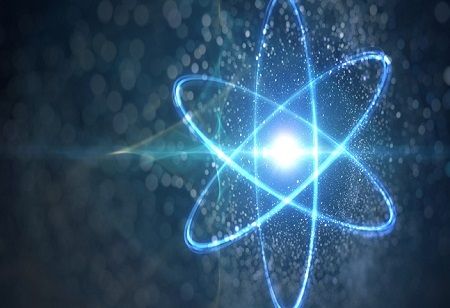International theoretical physicists, including Dr. Chengkang Zhou and Professor Zi Yang Meng from The University of Hong Kong, along with experimentalists Zhenyuan Zeng and Professor Shiliang Li from the Institute of Physics (IOP), Chinese Academy of Sciences (CAS), and Professor Kenji Nakajima from J-PARC Center, Japan, collaborated on groundbreaking research recently published in Nature Physics. Their study sheds light on the emergence of quasiparticles akin to the well-known Dirac particles, governed by the relativistic Dirac equation. These quasiparticles, termed Dirac spinons, are proposed to inhabit a novel quantum state termed the quantum spin liquid state.
Quasiparticles, arising from collective material behaviour, exhibit intriguing properties akin to particles. Dirac spinons are envisaged to possess distinctive attributes such as a linear energy-momentum dispersion relation, akin to Dirac electrons in graphene and high-energy physics.
Previously, the observation of such spin-neutral, charge-neutral quasiparticles in quantum magnets remained elusive, making their discovery a milestone for condensed matter physics. The revelation of Dirac spinons holds promise for diverse applications, potentially revolutionizing fields like quantum computing akin to silicon's impact over the past decades.
The quantum spin liquid state, characterized by fractional spinon excitations, offers insights into quantum information and high-temperature superconductivity. In this state, spins exhibit strong entanglement and disorder even at low temperatures.
Analyzing spectral signals from spinons following the Dirac equation promises deeper insights into the quantum spin liquid state, paving the way for broader applications in quantum information and high-temperature superconductivity research.
Funded by the Ministry of Science and Technology of China, the Chinese Academy of Sciences, and grants from the Hong Kong Research Grants Council, the research utilized neutron scattering measurements performed on AMATERAS, J-PARC. This collaborative effort marks a significant step forward in understanding quantum materials and their potential technological implications.

